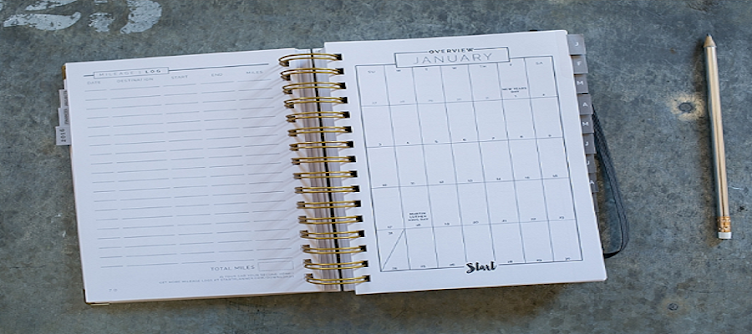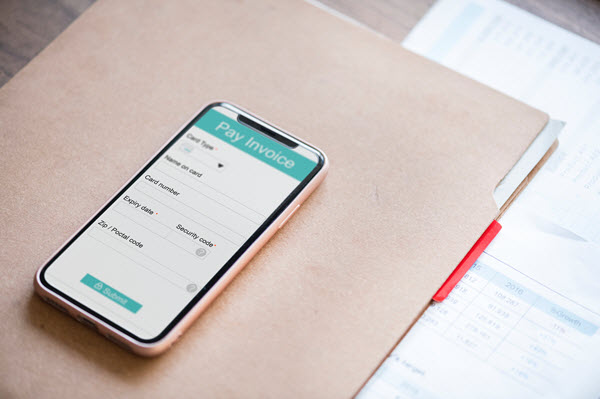Writing a thesis is one of the most difficult challenges you will have to overcome in your life as a student. By the time the thesis proposal rolls in, you’re most likely brain-fatigued from all your other university requirements and pressures from daily life.
To give you a hand, here are some crucial thesis-writing tips that will help you finish your paper and graduate successfully.
Know Your Topic
Try to choose a topic that you already have a wealth of knowledge on. If not, make sure it’s a topic that you can do a lot of research on. If not, it’s going to be extremely difficult to form a powerful thesis statement, let alone write an entire paper. Take a few minutes and reflect on any personal experiences that may help you tie your entire paper together.
Be Specific

Some papers have a broader topic range. If this sounds like yours, pick one or two specific areas and focus on them. A broad topic will usually result in a long and rambling paper, and you need a focused, precise, and concise finished paper. Do research on your chosen topic and narrow your areas down.
Have a Logical Thought Sequence
When people wonder, “How am I going to write my thesis?”, they generally don’t use a logical thought sequence. For example, your introduction should present your argument in a clear and compelling way. From there, each paragraph below it should build on any evidence you have to support your introduction. Don’t forget to use case studies to add to your credibility.
Remember the How? Why? and So What? of Your Paper
Never assert statements in your thesis without having evidence and proof to support your claims. Clearly explain the how’s and the why’s of any argument or point you make. Have someone review your paper and ask for their main takeaway. If they have a so what moment, you want to connect any stray ideas back to your main argument.
Start With an Outline
This point goes along with having a logical thought sequence to your paper. Take a piece of paper and create bullet points. Your argument should be at the top. Each bullet point below that is a paragraph. Each paragraph should have one supporting fact or study that you build on. Concentrate on this one idea per paragraph and connect them all back to your main argument.
Proofread, Proofread, Proofread
Proofread your paper once to yourself. Second, put it into a program that will read it back to you because it’s a lot easier for most people to catch errors when they hear them. Next, get a friend or colleague and ask them to proofread your paper for you. It should have at least three or four proofreading sessions before you feel comfortable enough to turn it in.
If your colleagues are too busy to help you out for free, there are paid services that can help you edit and review your paper. Check out these Edusson reviews as an example of such services.
Brainstorm Your Topic
When you get your topic, start with a brainstorming session. Get a blank piece of paper and write down anything and everything that comes to mind about your topic. Look for any new connections. Try to sort your ideas into categories. You can take these categories and use them to form the bare bones of your paper. It only has to be a few words because you’ll flesh it out later when you start writing.
Make Your Thesis Reader-Friendly

Even if you’re writing an academic paper, it should be simple enough for anyone who picks it up to understand the point or points you want to get across. You can write your first thesis statement with your peer group or targeted audience in mind. Once you have this, go back and rewrite it to be more reader-friendly.
Establish Credibility
What sets your paper apart from just anyone? The answer is credible sources. People like to read things that have facts, trials, and clinical references to back them up. Every statement you make in your thesis should have one or two credible sources behind it. Don’t just blurt out anything and expect people to believe you. Give them so much evidence that they don’t have a choice but to believe what you’re saying is true.
Be Clear
Your thesis should be straightforward and crystal clear to your readers. To do this, you want to avoid vague language and things like “interesting,” “difficult,” or “exciting” in your writing. Also, you want to avoid abstract words like “values” or “society.” They don’t give your reader any information unless you carefully explain it to them. For example:
- Vague Thesis Statement: Although the black bear is a reclusive and timid animal, people are systematically exterminating it. (If it’s reclusive and timid, why are people exterminating it?)
- Revised Thesis Statement: Although the black bear is actually a reclusive and timid animal, people are systematically exterminating it because they wrongfully believe it to be a savage killer.
Ensure that Your Thesis is Original
You want to avoid having generic arguments in your thesis statement. Although they work well to get your rough draft up and going, they’re a very easy way to bore your reader. You want to keep revising your thesis until you’re sure that you get your point across in an engaging and interesting way. You want to pull your reader in and compel them to read the rest of your paper.
These 11 thesis writing tips can help you craft a masterful paper that will surely get you a more than decent grade. It’s essential that you take your time, do your research, and put a lot of effort into your writing. If you do, you’ll end up with a compelling thesis that sucks your readers in and makes them see your point of view.
See Also: How To Publish Your Thesis Into A Book In 4 Steps
The post 11 Thesis Writing Tips That Will Help You Graduate appeared first on Dumb Little Man.
from
https://www.dumblittleman.com/thesis-writing-tips/


























